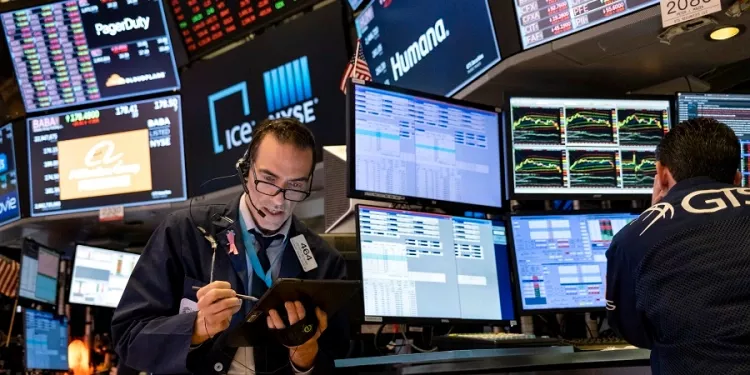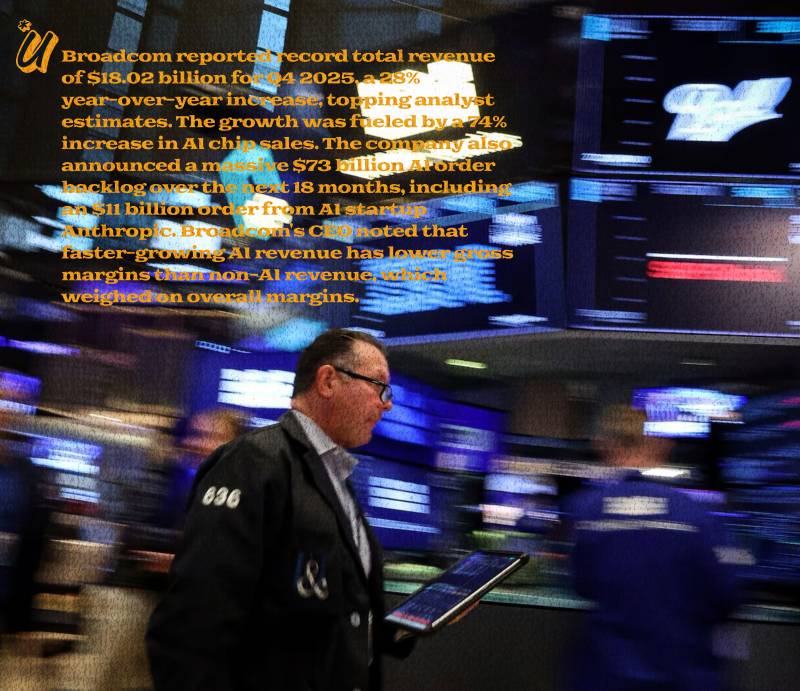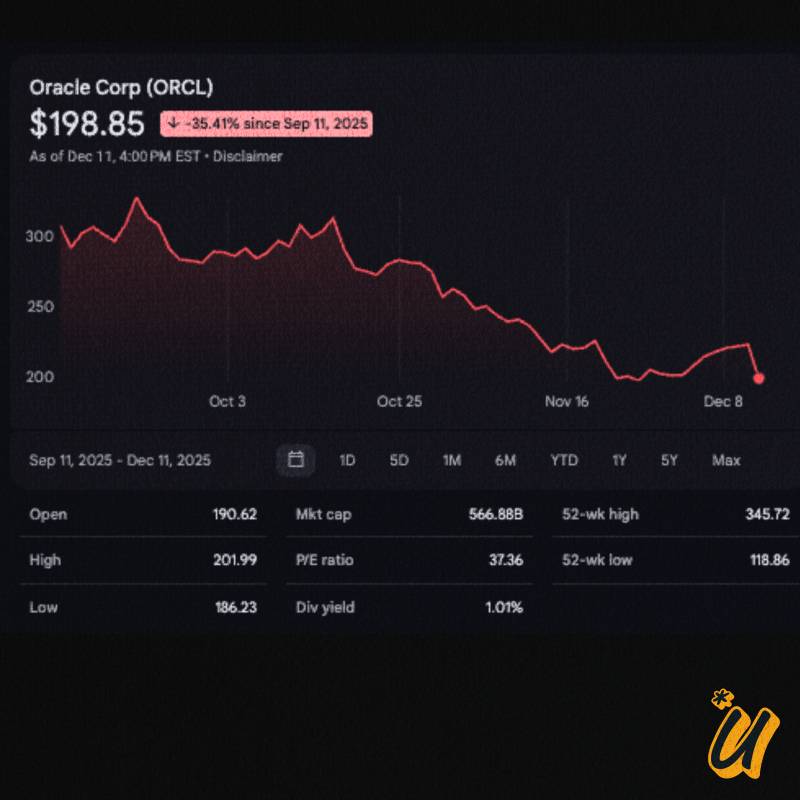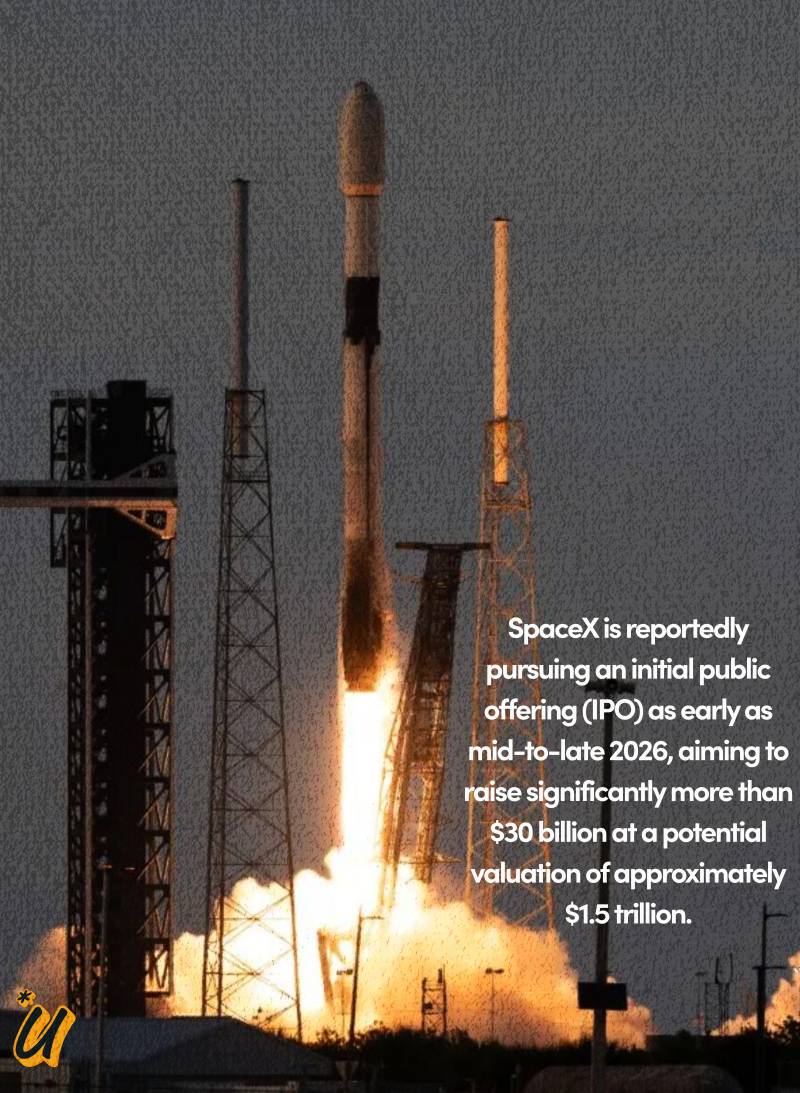When it comes to investing in the stock market, a famous quote by George Soros comes to mind. It reads, “It’s not whether you’re right or wrong that’s important, but how much money you make when you’re right and how much you lose when you’re wrong.” Of course, for novices like yourselves, who are reading this article, chances are you lack the know-how of how to be right and ultimately, make more money.
Read Also: What Is a Narcissistic Collapse?
To this end, in this article, we will be looking at five major things to look out for before you decide to invest in a stock. These factors are very key and important to anyone planning to or is already involved in the stock market and is looking to grow wealth over a period of time. While it is impossible to guarantee returns, we can, however, increase the likelihood of us making a positive return on our investments. These things include;
Time Horizon
Having a reasonable time horizon makes for every successful investor. The first thing you need to do before buying a stock is to decide the time horizon as it plays a crucial role in deciding whether to buy that stock or not. Your investing time horizon can be short term, middle term or long term, based on your financial goals.
Short Term – A short-term time horizon is any investment that you are planning to own for or under one year. If you’re planning to buy a stock and hold it for under a year, then it is best to invest in stable blue-chip stocks which pay dividends. What you are looking for is companies that a good balance sheet and have a strong history of paying dividends.
Medium Term – A medium-term investment is an investment that you want to hold from one year to 10 years. For middle term investing one should invest in quality emerging markets stocks with a moderate level of risk.
Long Term – These investments are any investment that you are planning to hold onto for more than 10 years. These investments have time to recover if something goes wrong and can generate life-changing wealth. In regards to this, a famous quote by Jim Rogers comes to mind. It reads, “Bottoms in the investment world don’t end with four-year lows; they end with 10- or 15-year lows and Vice versa.”
Check Basic Fundamentals
It is essential that investors must check the fundamentals of the companies they want to invest in before buying a stock. Famous investors like Warren Buffett made a lot of money by comparing the current market price of stocks to their fair market value. According to him, an undervalued stock will reach its fair, or intrinsic value.
Some of the most important ratios to consider before buying a stock include;
Price-to-Earnings Ratio (P/E Ratio) – This ratio compares the stock’s price with the company’s earnings per share (EPS).
Debt to Equity Ratio – The debt-to-equity ratio helps in determining how much the company is in debt. High levels of debt are bad as it signals bankruptcy.
Price-to-Book-Value Ratio (P/B Ratio)- This ratio compares the stock’s price to the net value of assets that are owned by the company, and then divided by the number of outstanding shares.
These ratios can be easily found on financial websites like Investing.com and Bloomberg.
Dividend History
Dividend stocks are stocks known for giving a part of their profits to their investors in the form of dividend payments. Investors who follow the income investing strategy will benefit greatly from investing in a stock with a strong dividend history.
If the investor’s goal is to generate income through their investments, then they should look into the dividend history of the company before buying its stock. Income investors who are looking for a high level of income compared to the stock’s price should look at the company’s dividend yield that is expressed as a percentage of the company’s current share price.
Volatility
Stocks with high levels of volatility will rise quickly on bullish days and fall like a brick on bearish days. As a tip, if you decide to invest in a low-volatility stock that moves slowly and a recent uptrend begins to reverse, then you can take in on your profits before they disappear. Don’t say Nairametrics does not do anything for you.
On the other hand, stocks that show fast-paced movements do not give you much time for exiting the investment and when a trend reverses then it could lead to significant losses. A good example of this is the performance of tech stocks this year as the majority of them are down over 50%.
As a piece of advice, while day traders, who are mostly professionals, thrive of market volatility, novices should always avoid stocks that are very volatile as they can rapidly lose gains on their investments and ultimately make losses.
Market Capitalization
Market capitalization refers to the total market value of a company’s outstanding shares of stock. It is commonly referred to as “market cap,” and it is calculated by multiplying the total number of a company’s outstanding shares by the current market price of one share.
Understanding what a company is worth is an important task and often difficult to quickly and accurately ascertain. Market capitalization is a quick and easy method for estimating a company’s value by extrapolating what the market thinks it is worth for publicly traded companies.
It also gives a sense of what a potential investment in a stock would translate into. For instance, If you are investing in a stock worth over a trillion dollars, the chances of a significant upward movement is very low as the stock is highly capitalized and based on history and current data, it may already be nearing its peak. Ultimately market capitalization helps gives perspective to potential outcomes on investment decisions made today.




